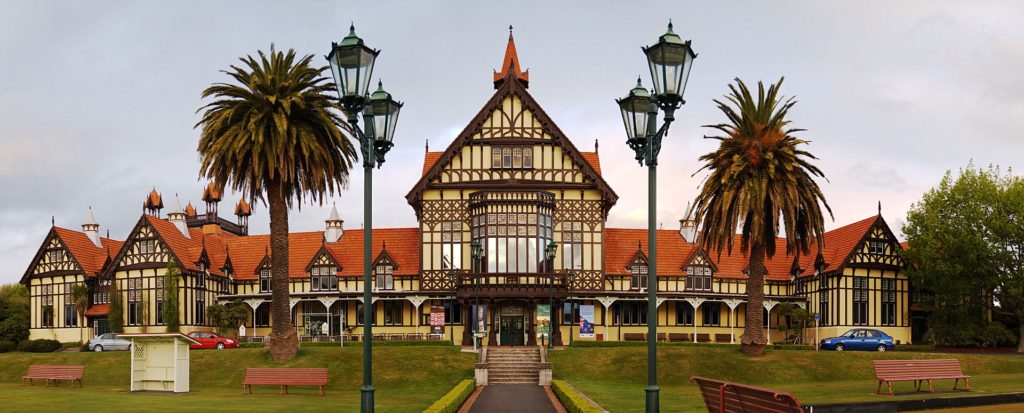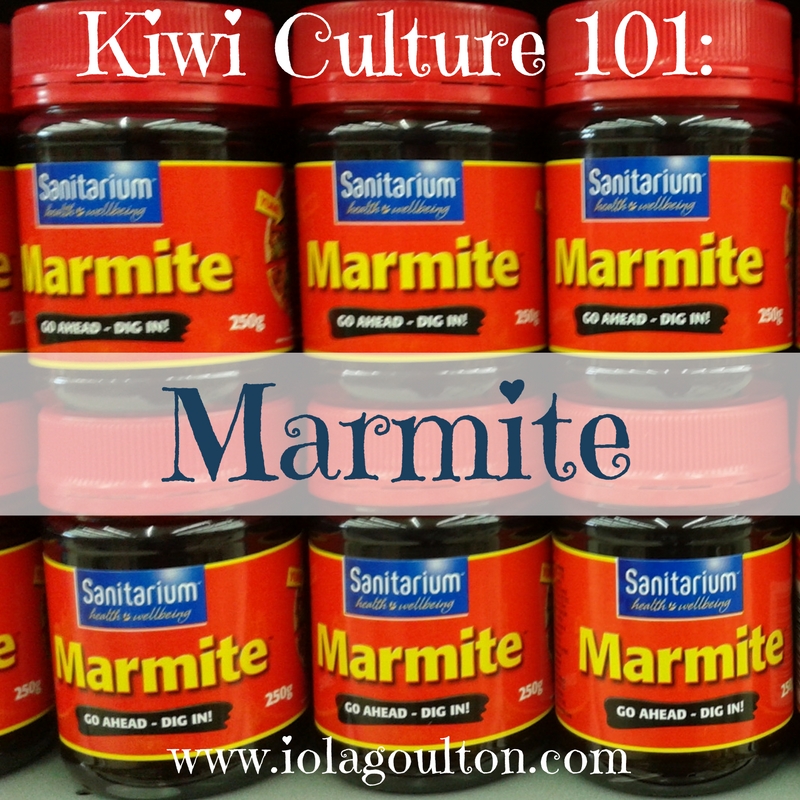Just when you thought it was okay to go back to the bookstore without burning a hole in your budget … there are a whole bunch more books to read. And your budget is gone.
More in-depth descriptions of these books can be found on the ACFW Fiction Finder website.
Contemporary Romance:

Sandpiper Cove by Irene Hannon — When a police chief and an ex-con join forces to keep a young man from falling into a life of crime, sparks fly. Given their backgrounds, it’s not a promising match—but in Hope Harbor, anything is possible. (Contemporary Romance from Revell [Baker])
Oh Baby by Delia Latham — Dawni Manors seeks peace in Angel Falls, Texas. What she finds is a cowboy, an abandoned infant, and emotional chaos. If the Heart’s Haven angels really are there, what in the world are they thinking? (Contemporary Romance from White Rose Publishing [Pelican])
General:
A Fragile Hope by Cynthia Ruchti — Where does a relationship expert turn when his wife leaves him and carries a tiny heartbeat with her? (General from Abingdon Press)
I’ve read this, and it’s outstanding!
Mystery
 Sunset in Old Savannah by Mary Ellis — When a philandering husband turns up dead, two crack detectives find more suspects than moss-draped oaks in charming old Savannah, including a scheming business partner, a resentful mistress, and a ne’er-do-well brother. (Mystery from Harvest House Publishers)
Sunset in Old Savannah by Mary Ellis — When a philandering husband turns up dead, two crack detectives find more suspects than moss-draped oaks in charming old Savannah, including a scheming business partner, a resentful mistress, and a ne’er-do-well brother. (Mystery from Harvest House Publishers)
Historical:
Above Rubies by Keely Brooke Keith — In 1863, young teacher Olivia Owens establishes the first school in the remote settlement of Good Springs while finding love. (Historical, Independently Published)
I’ve read this as well, and it’s excellent.
Historical Romance:
A Rose So Fair by Myra Johnson — Caleb Wieland would give anything to win farm girl Rose Linwood’s heart, but Rose’s stubborn independence is proving as thorny as the flower for which she’s named. (Historical Romance, Independently Published)

Under the Same Sky by Cynthia Roemer — In 1854 Illinois, Becky Hollister wants nothing more than to live out her days on the prairie, building a life for herself alongside her future husband. But when a tornado rips through her parents’ farm, killing her mother and sister, she must leave the only home she’s ever known and the man she’s begun to love to accompany her injured father to St. Louis.
Catapulted into a world of unknowns, Becky finds solace in corresponding with Matthew Brody, the handsome pastor back home. But when word comes that he is all but engaged to someone else, she must call upon her faith to decipher her future. (Historical Romance from Mantle Rock Publishing)

The Pony Express Romance Collection by Barbara Tifft Blakey, Mary Davis, Darlene Franklin, Cynthia Hickey, Maureen Lang, Debby Lee, Donna Schlachter, Connie Stevens and Pegg Thomas — Nine historical romances revive the brief era of the Pony Express. Join the race from Missouri, across the plains and mountains to California and back again as brave Pony Express riders and their supporters along the route work to get mail across country in just ten days. It is an outstanding task in the years 1860 to 1861, and only a few are up to the job. Faced with challenges of terrain, weather, hostile natives, sickness, and more, can these adventurous pioneers hold fast, and can they also find lasting love in the midst of daily trials? (Historical Romance from Barbour Publishing)
Romantic Suspense:
 Plain Target by Dana R. Lynn — Horse trainer Jess McGrath only wants to clear her disgraced brother’s name, but enemies keep coming out of the woodwork and danger only gets closer. Jess soon learns that no place is safe—and no one can be trusted…except for the last white knight she’d ever expect to ride to her rescue. Paramedic Seth Travis was the boy behind her high school humiliation, but he’s also the man keeping her alive. When they find sanctuary in the Amish community, can they uncover answers in time to stop a killer—and resolve their past in time to build a future together? (Romantic Suspense from Love Inspired [Harlequin])
Plain Target by Dana R. Lynn — Horse trainer Jess McGrath only wants to clear her disgraced brother’s name, but enemies keep coming out of the woodwork and danger only gets closer. Jess soon learns that no place is safe—and no one can be trusted…except for the last white knight she’d ever expect to ride to her rescue. Paramedic Seth Travis was the boy behind her high school humiliation, but he’s also the man keeping her alive. When they find sanctuary in the Amish community, can they uncover answers in time to stop a killer—and resolve their past in time to build a future together? (Romantic Suspense from Love Inspired [Harlequin])

Dangerous Testimony by Dana Mentink — Four weeks before she’s set to testify at a gang murder trial, someone is determined to make sure that Candace Gallagher Andrews never takes the stand. When nowhere is safe for the private investigator or her little girl, Candace turns to the only person she can trust—longtime friend and former navy SEAL Marco Quidel. For Marco, protecting Candace is not just another duty. As the trial date nears and the killer stalks ever closer, Marco knows fear for the first time—the fear of losing Candace and her daughter. But while Marco begins seeing Candace as more than just a friend, her late husband’s memory is never far from her mind. So he must keep Candace alive—and not get emotionally involved—long enough to put away a killer. (Romantic Suspense from Love Inspired [Harlequin])
 Deep Extraction by DiAnn Mills — Special Agent Tori Templeton is determined to find who killed her best friend’s husband. Tori finds an unexpected ally in the newest member of the task force, recently reinstated Deputy US Marshal Cole Jeffers. As Tori and Cole dig deeper into Nathan’s personal and business affairs, they uncover more than they bargained for. And the closer they get to finding the real killer?and to each other?the more intent someone is on silencing them for good. (Romantic Suspense from Tyndale House)
Deep Extraction by DiAnn Mills — Special Agent Tori Templeton is determined to find who killed her best friend’s husband. Tori finds an unexpected ally in the newest member of the task force, recently reinstated Deputy US Marshal Cole Jeffers. As Tori and Cole dig deeper into Nathan’s personal and business affairs, they uncover more than they bargained for. And the closer they get to finding the real killer?and to each other?the more intent someone is on silencing them for good. (Romantic Suspense from Tyndale House)
Final Verdict by Jessica R. Patch — When Aurora Daniels becomes the target of someone seeking their own twisted justice, Sheriff Beckett Marsh is the only one who can rescue her. As a public defender, Aurora has angered plenty of people in town—and in her past. And while Beckett constantly clashes with the feisty lawyer professionally, it’s his duty to protect and serve. Guarding her 24/7 is now his sole assignment. He may not have been able to save his fiancée from a dangerous felon, but he’ll do whatever it takes to keep Aurora alive. Even if working with her to catch and convict this ruthless killer puts his heart in the crosshairs. (Romantic Suspense from Love Inspired [Harlequin])

Guardian by Terri Reed — When a fellow FBI agent is kidnapped and a protected witness vanishes, Leo Gallagher will stop at nothing to find them both. So when he discovers a link between the case and a single mother in Wyoming, Leo and his trusty K-9 partner rush to question Alicia Duncan. Could she be the key to locating the missing persons? Not if a killer has anything to say about it. Someone is determined to keep Alicia from talking, so Leo and his chocolate Lab must keep her and her little boy safe on their family ranch. With danger lurking around every corner, Leo must work overtime to not lose another person who’s important to him. (Romantic Suspense from Love Inspired [Harlequin])

Witch by Denise Weimer — Having restored Michael Johnson’s ancestors’ house and apothecary shop and begun applying the lessons of family and forgiveness unearthed from the past, Jennifer Rushmore expects to complete her first preservation job with the simple relocation of a log home. But as her crew reconstructs the 1787 cabin, home to the first Dunham doctor, attacks on those involved throw suspicion on neighbors and friends alike. And while Jennifer has trusted God and Michael with the pain of her past, it appears Michael’s been keeping his own secrets. Will she use a dream job offer from Savannah as an escape, or will a haunting tale from a Colonial diary convince her to rely on the faithfulness of his love? (Romantic Suspense from Canterbury House Publishing)
Speculative Romance/Fantasy:
The Fairetellings Series (Books 1 through 3) by Kristen Reed — Discover a trio of enchanting novellas inspired by three beloved fairy tales: Cinderella, Snow White, and Beauty and the Beast. (Speculative Romance/Fantasy, Independently Published)









 Sixteen-year-old Faith Prescott eagerly awaits the day she will exchange her small Iowa hometown for the bright lights of Broadway, but her success-driven parents want her to pursue a more practical career, labeling “artsy” people—including their daughter—as foolish dreamers worthy of little more than disdain.
Sixteen-year-old Faith Prescott eagerly awaits the day she will exchange her small Iowa hometown for the bright lights of Broadway, but her success-driven parents want her to pursue a more practical career, labeling “artsy” people—including their daughter—as foolish dreamers worthy of little more than disdain.











